Impressive Technology Of The Civil War
The U.S. Civil War was more than just a watershed moment in American history, it also bridged the gap between the older-style warfare of the 19th century and earlier with modern technology.
This makes the Civil War a fascinating chapter of history, one in which soldiers fought on horseback with antiquated muskets, and also developed early submarines and methods of long-distance communication.
Rifled muskets changed the game.
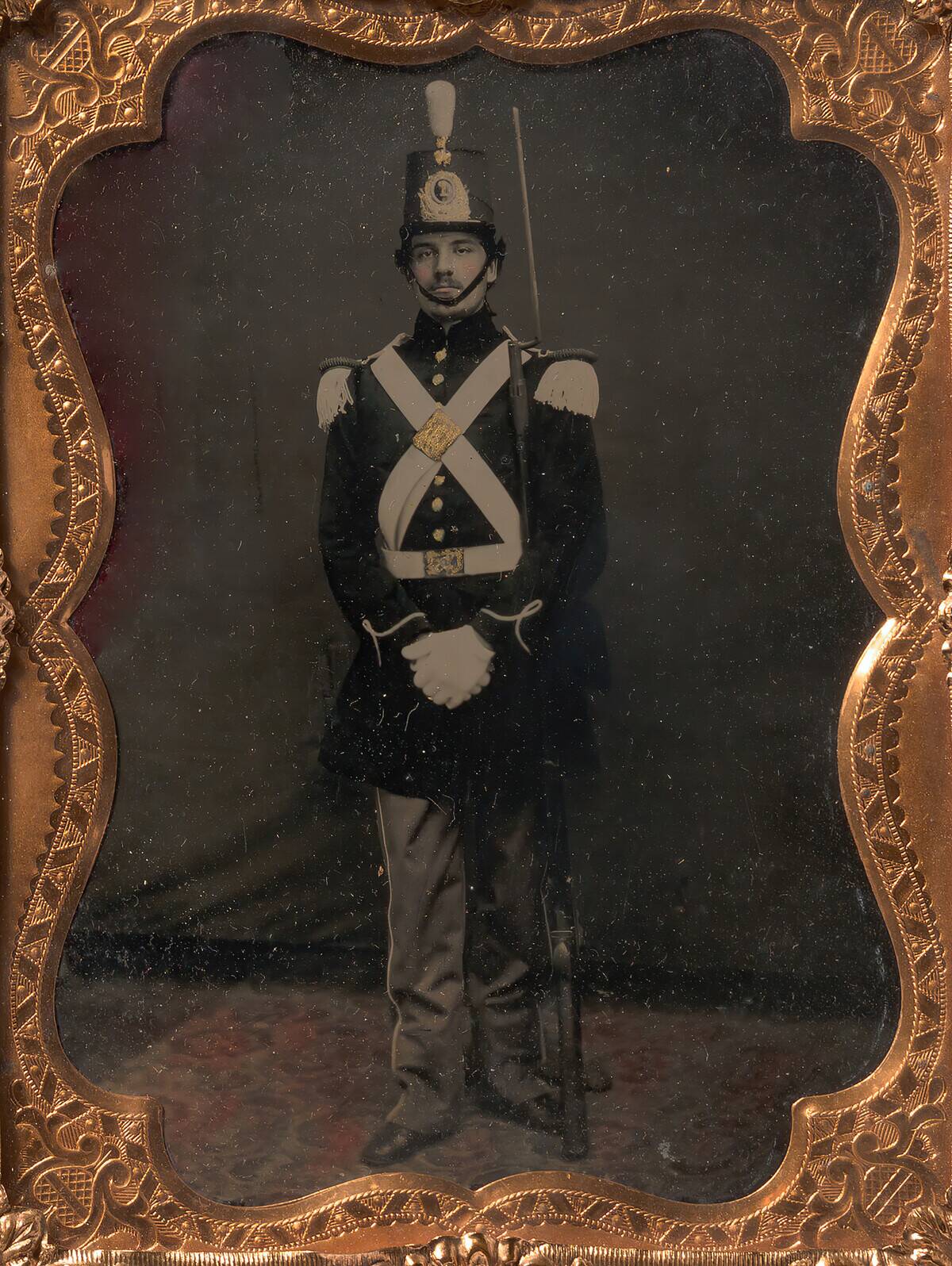
It’s difficult to state just how dramatic the change was between smoothbore and rifled muskets. While earlier smoothbore rifles only really worked at close range, rifled muskets had grooves inside the barrel that increased both range and efficiency.
This effectively changed warfare altogether, as rifled muskets had a range of up to 500 yards, about five times longer than smoothbore muskets.
Minie balls were horrifically lethal.
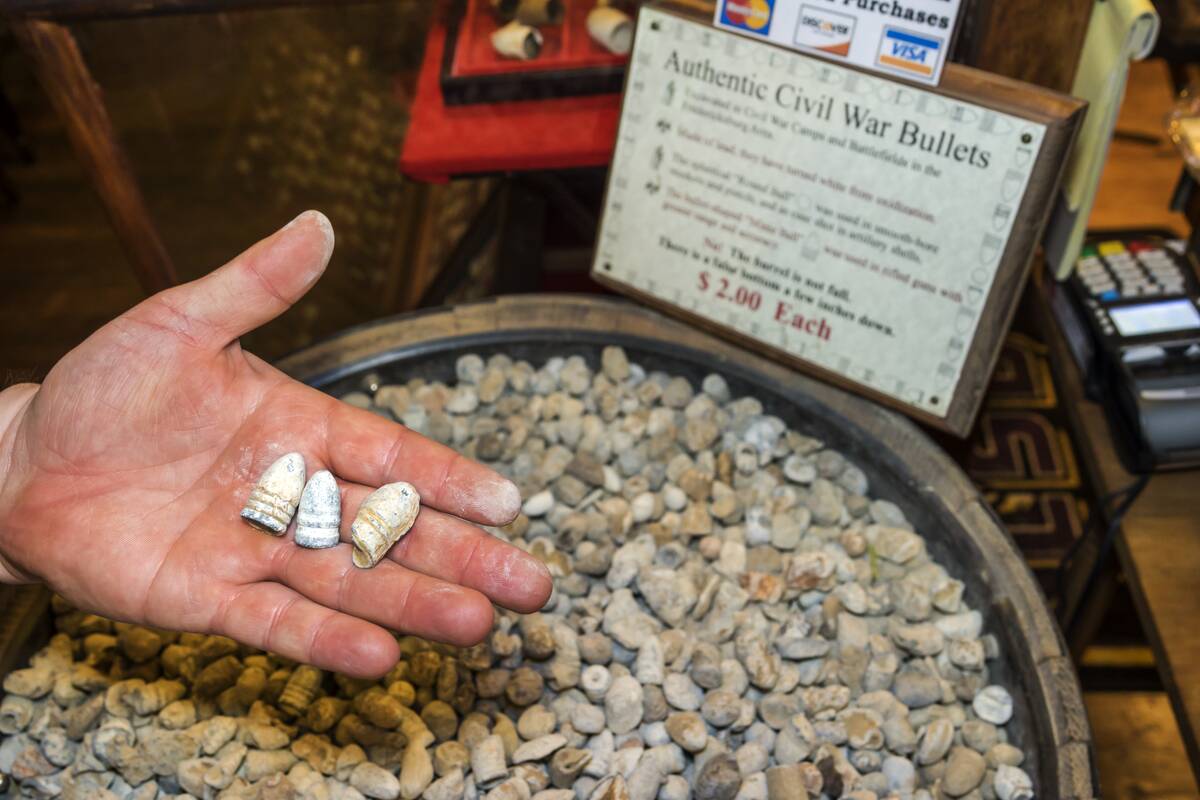
These conical bullets had a hollow base that would expand once fired, gripping the rifled grooves of the musket barrel.
The design, in combination with rifled muskets, made these early bullets far deadlier than the spherical projectiles that had previously been used. In most ways, these are the predecessors of modern bullets.
Repeaters lived up to their name.
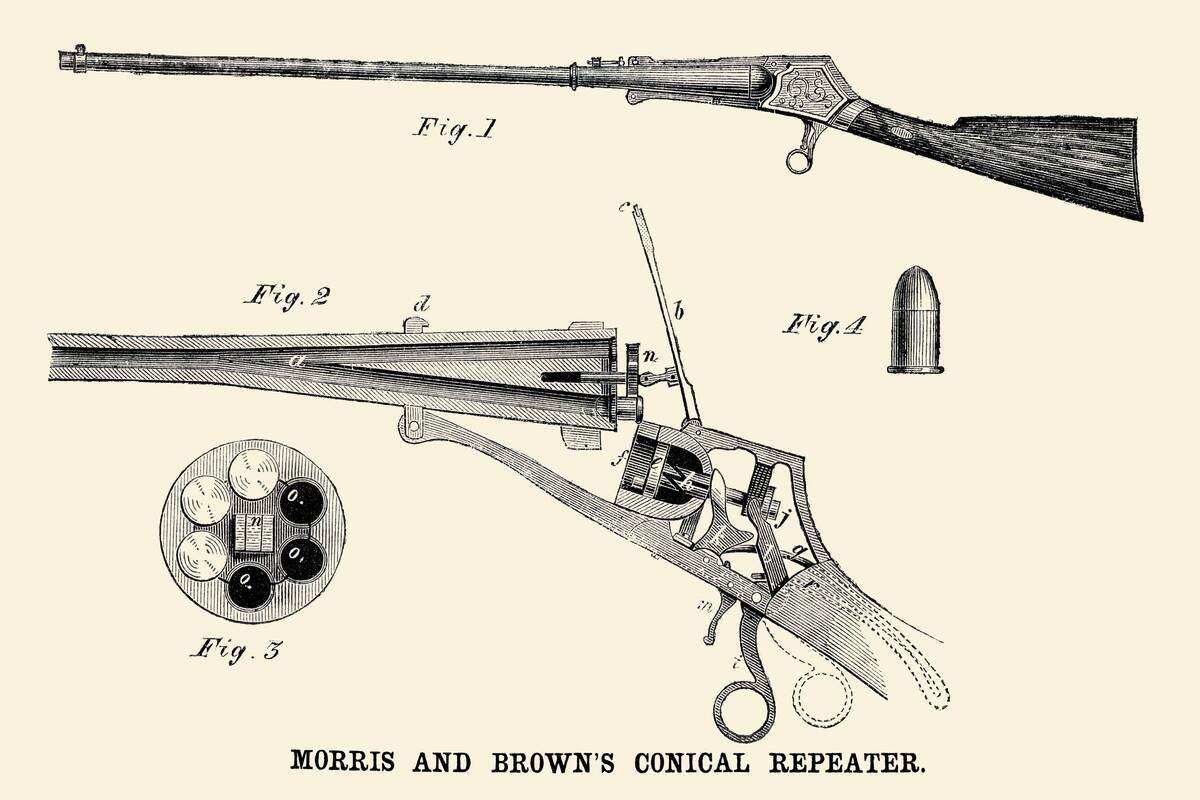
Rifled muskets increased the range of guns, while repeating rifles helped to increase the rate of firepower. Unlike traditional single-shot muskets, repeating rifles could be loaded with seven or more rounds, allowing soldiers to fire multiple rounds before reloading.
These rifles were adopted by cavalry units, which used them to great effect in skirmishes and fast-paced engagements.
Gatling guns were early machine guns.
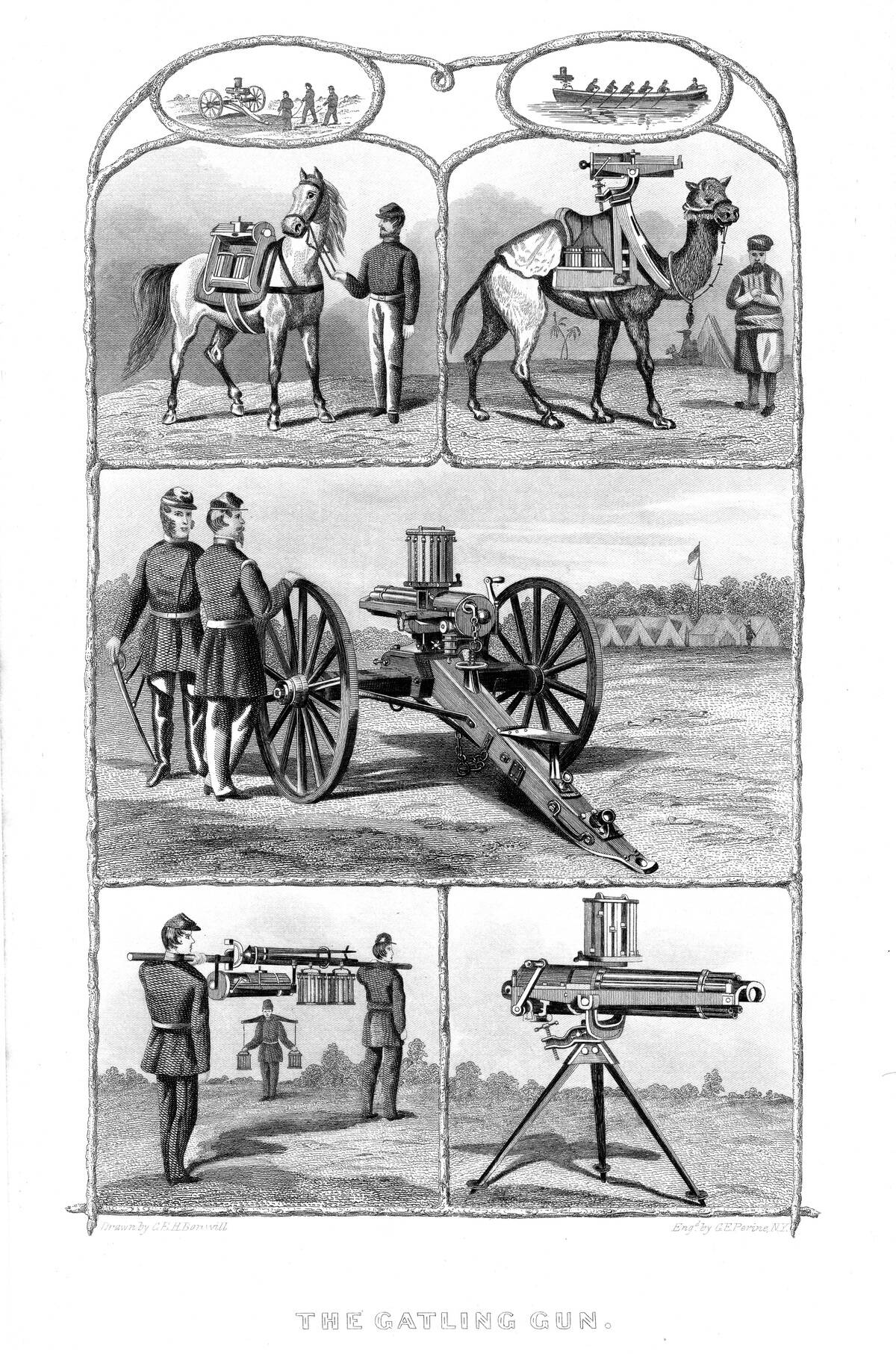
First invented by Richard Gatling in 1861, the Gatling gun emerged during the Civil War as one of the earliest rapid-fire weapons, with a capacity to fire up to 600 rounds per minute through its multiple rotating barrels.
While the Gatling gun was used sparingly during the Civil War and would become more prominent in future conflicts, its devastating firepower was a precursor to modern machine guns.
Railroads were critical to the war effort.
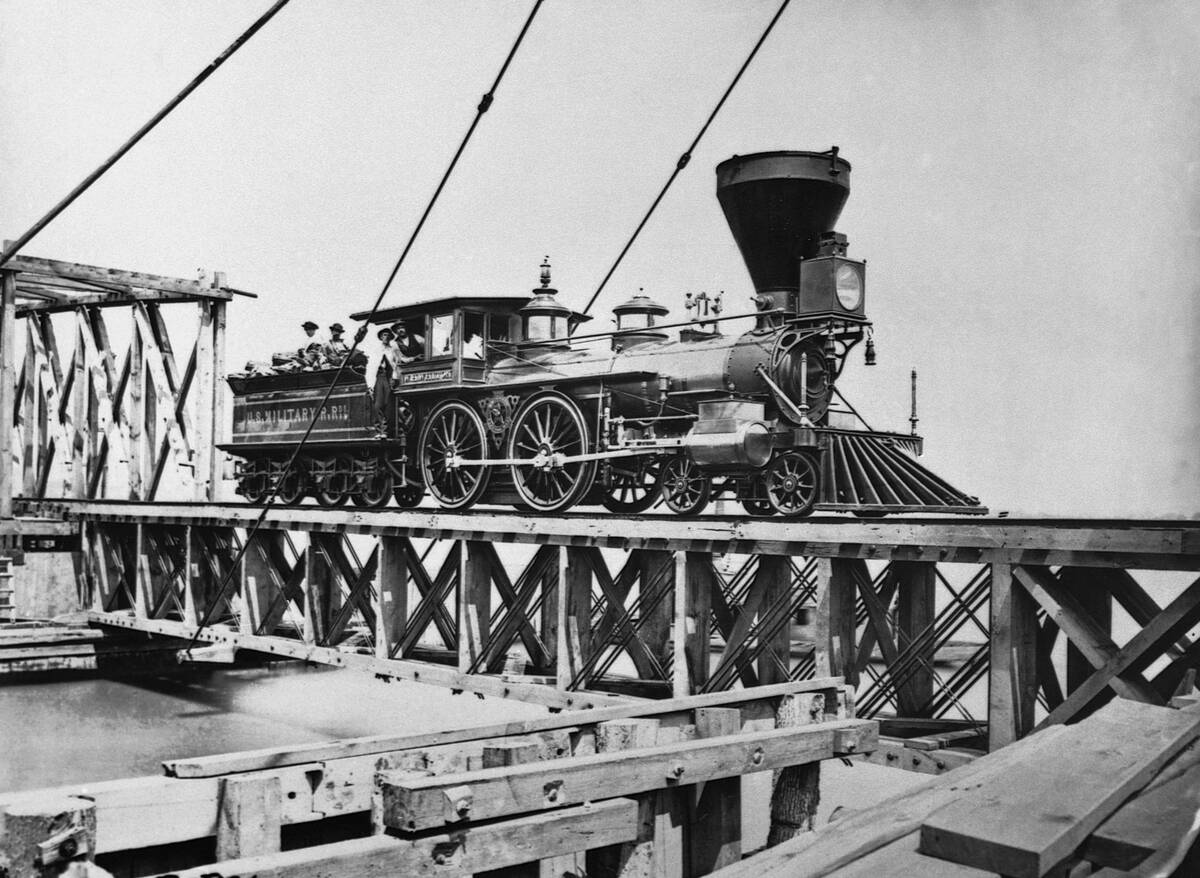
It’s easy to forget that railroads were still relatively new technology in the 1860s. Both sides of the war used rail lines heavily to resupply their troops across vast distances.
Because of the strategic importance of railroads, these frequently became targets. It was the Union’s calculated bombardment of Confederate railroad hubs that helped turn the tide of the war.
Ironclads were impressively unique.

Ironclad ships, as their name suggests, were clad in iron — a marked change from the traditional wooden battleships of years past.
The main advantage of ironclads is that their armor made them virtually invulnerable to traditional cannon fire. While traditional ironclads didn’t last for long, their technology helped pave the way for modern steel ships.
The telegraph relayed vital information.
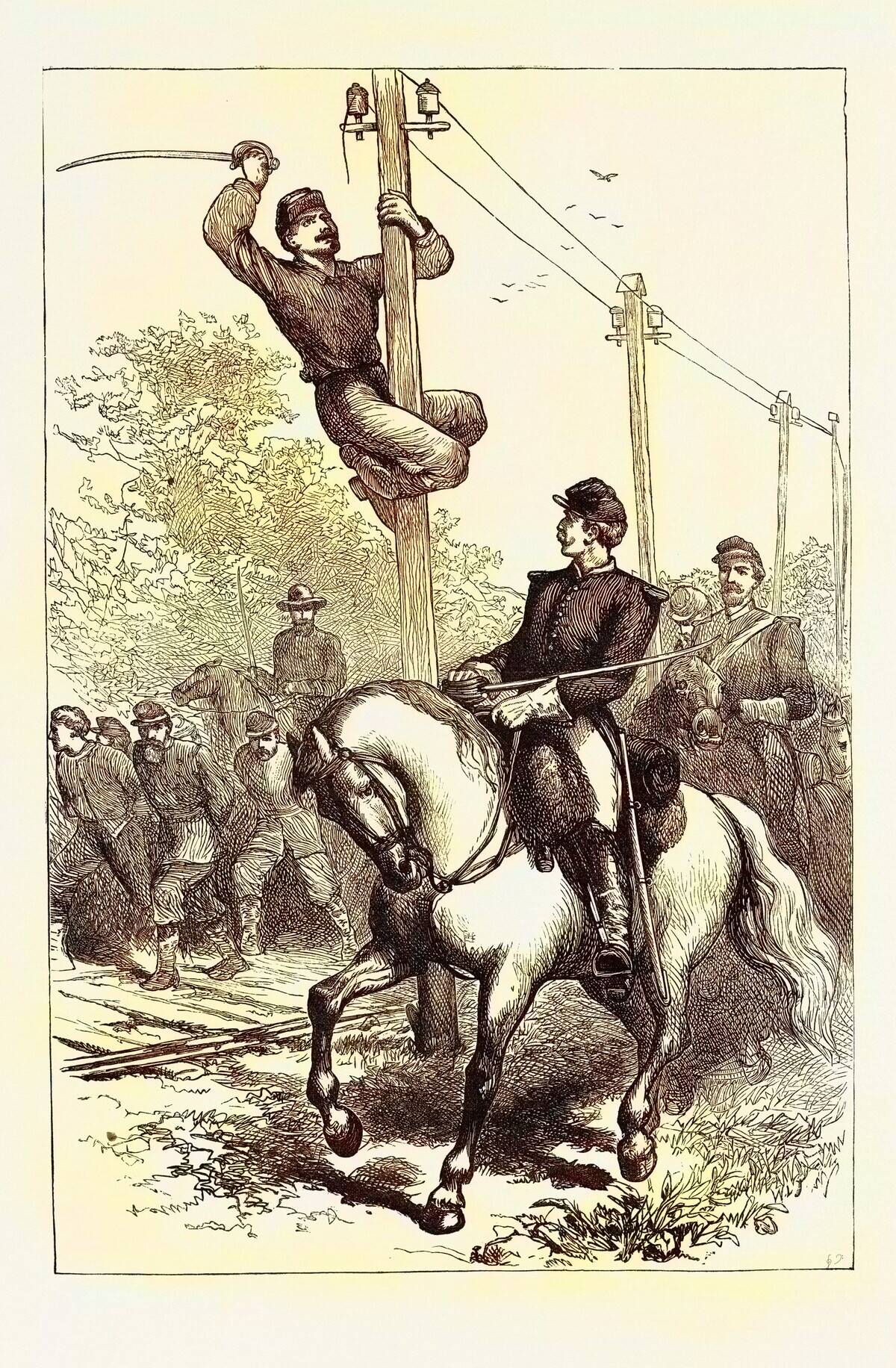
The Civil War was the first conflict where the telegraph was used extensively for military communication. The Union built thousands of miles of telegraph lines to link battlefield commanders with centralized strategists.
The telegraph is also the way that President Lincoln received battlefield updates, often in near-real time.
Balloons brought aerial tech to warfare.
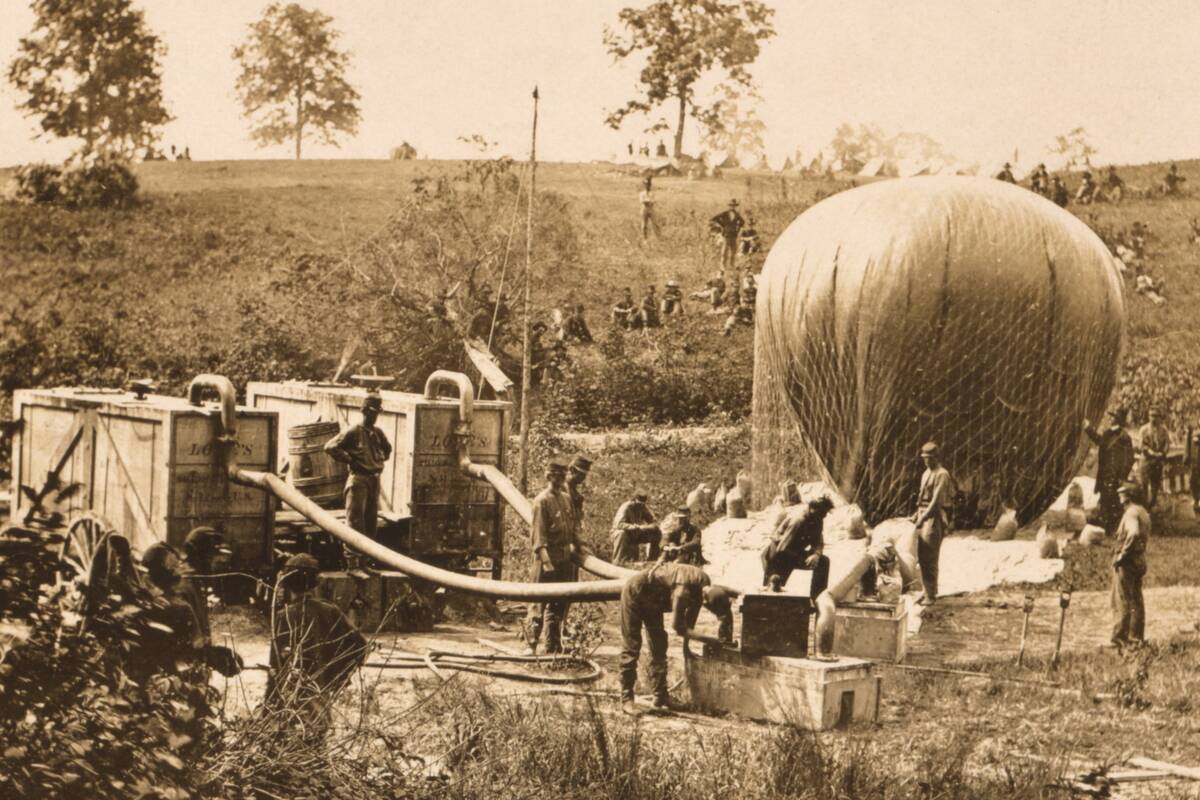
Thaddeus Lowe’s Balloon Corps was a novel innovation of the Civil War, as it used hydrogen-filled balloons to survey enemy positions from hundreds of feet in the air.
There were logistical issues, and the balloons were used solely for reconnaissance while tethered to the ground. While the Confederacy attempted ballooning, they never reached the same level as Lowe’s Balloon Corps.
The ambulance corps helped to evacuate the wounded.
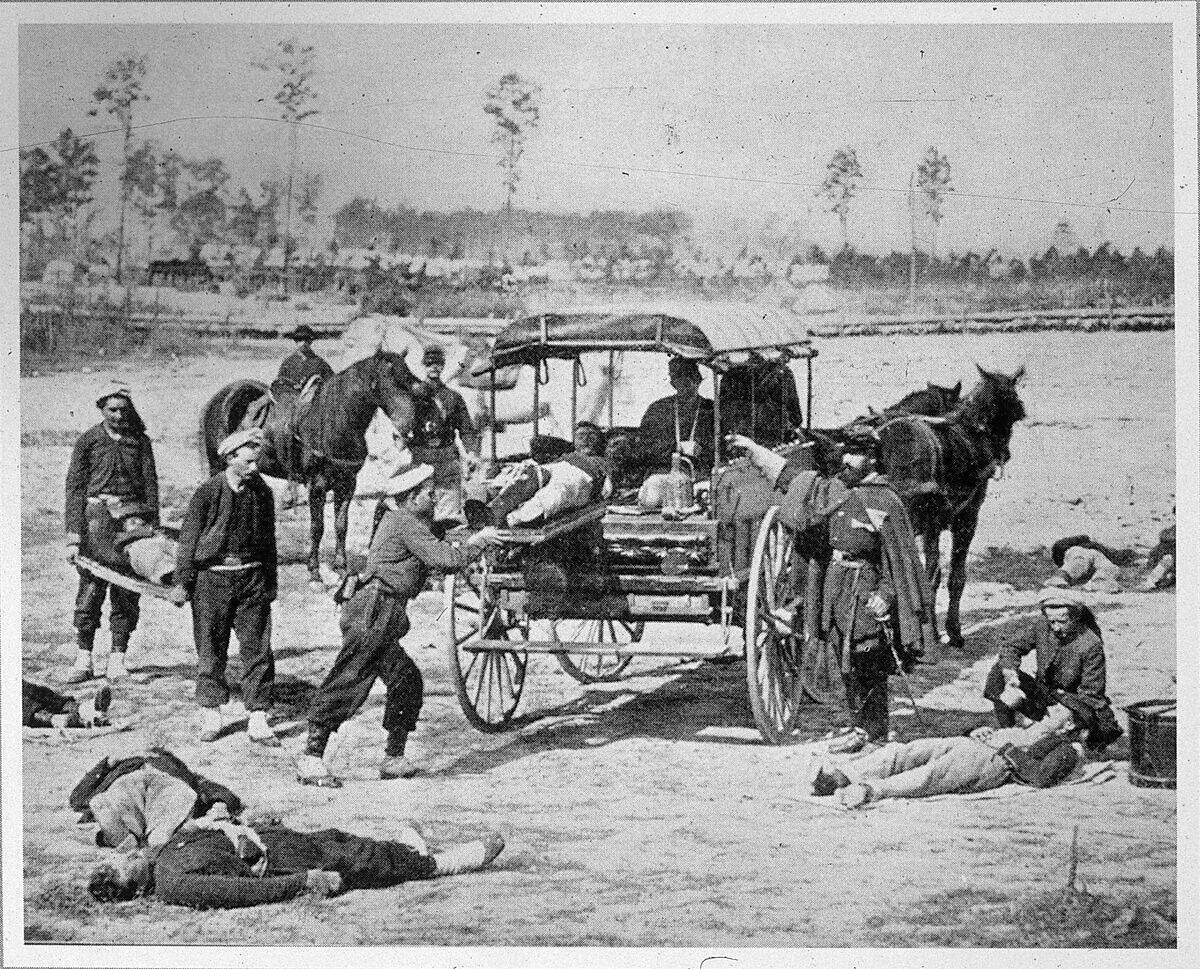
Before the Civil War, the process of evacuating injured soldiers from a battlefield was disorganized and slow. The Union’s Ambulance Corps, led by Dr. Jonathan Letterman, changed everything.
Letterman’s template involved a systematic approach to rapidly move injured soldiers from the battlefield to field hospitals using specially designed horse-drawn wagons.
Field hospitals brought medicine to the battlefield.
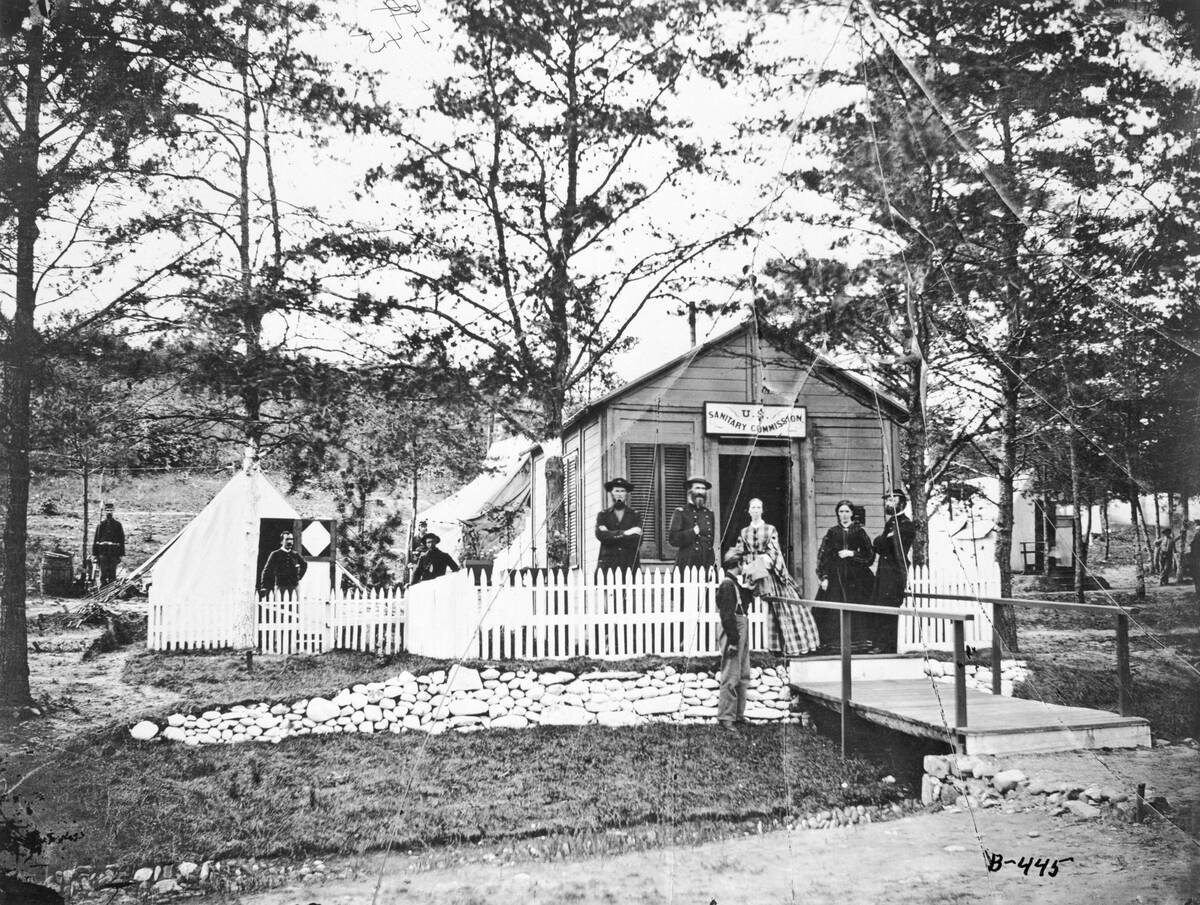
The Civil War was a bloody and oftentimes horrifying conflict, but it’s safe to say that there would have been far more casualties if not for the existence of field hospitals.
These mobile hospitals, which often used existing buildings, allowed medics to focus on treatable cases first by using a triage system.
Submarines were in their infancy.
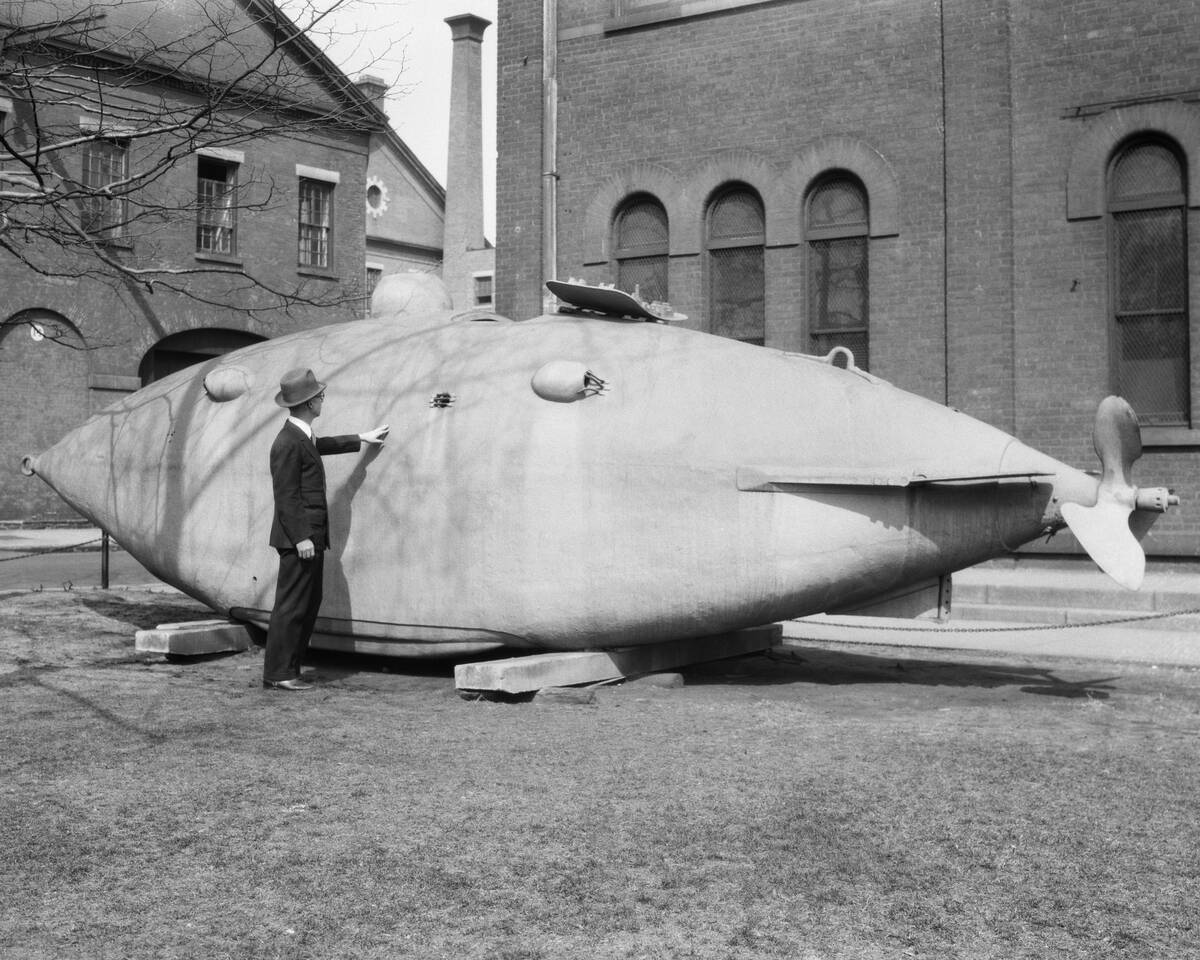
The Confederacy famously introduced the CSS Hunley, the first submarine to successfully sink an enemy warship, during the Battle of Charleston Harbor in 1864.
The primitive submarine successfully sunk a Union battleship, but also lost its entire crew in the process. While these early attempts at submarines were rickety, more modern submarines would emerge in the coming decades.
Land mines were controversial but effective.
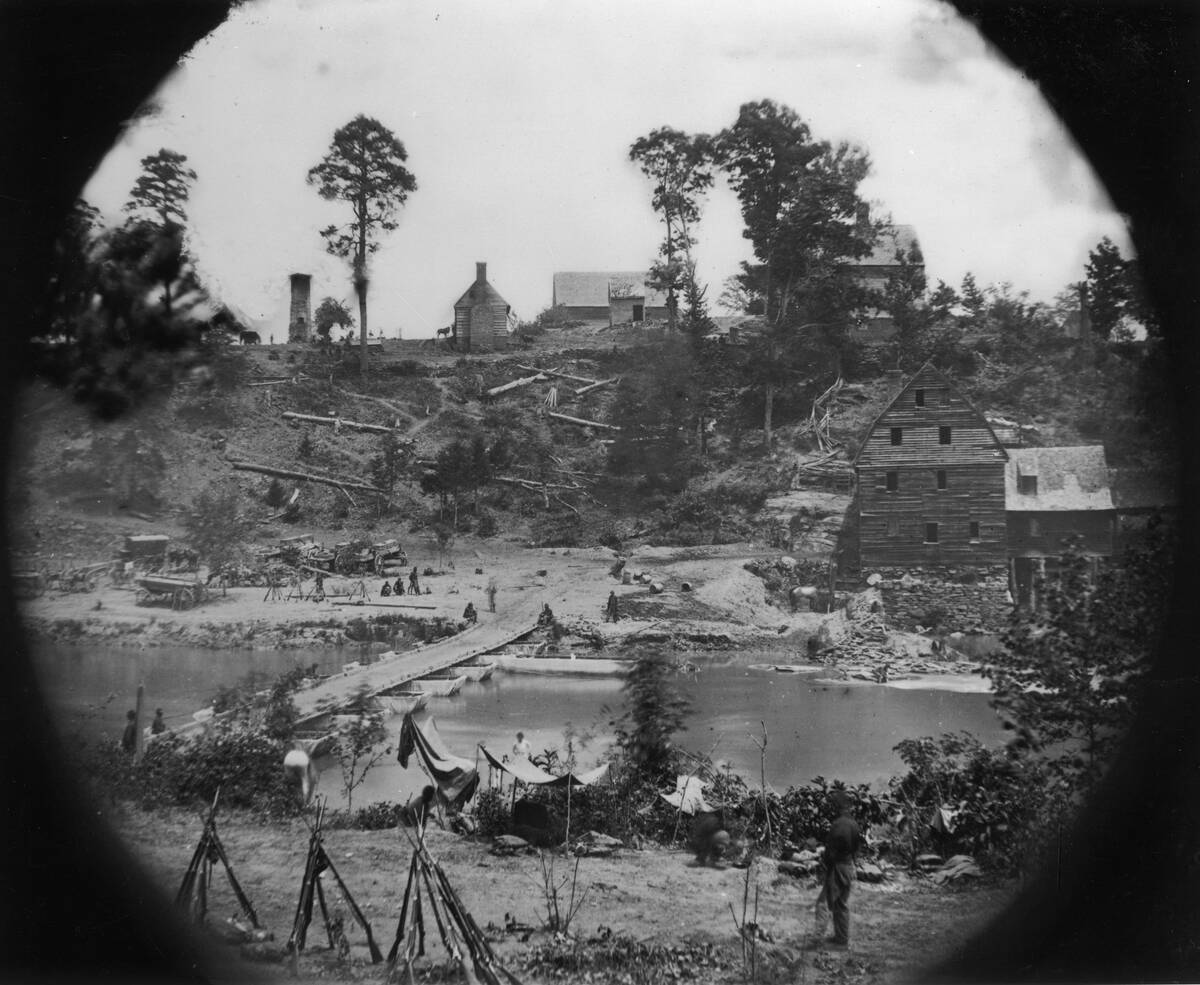
Land mines are a staple of 20th and 21st-century conflicts, and they first emerged during the Civil War era (though they were referred to as “torpedoes” at the time).
These early land mines were usually buried underground and triggered by a tripwire or pressure plate. Then, as now, the use of land mines was controversial, but they were effective at what they did.
Sharpshooters were early snipers.
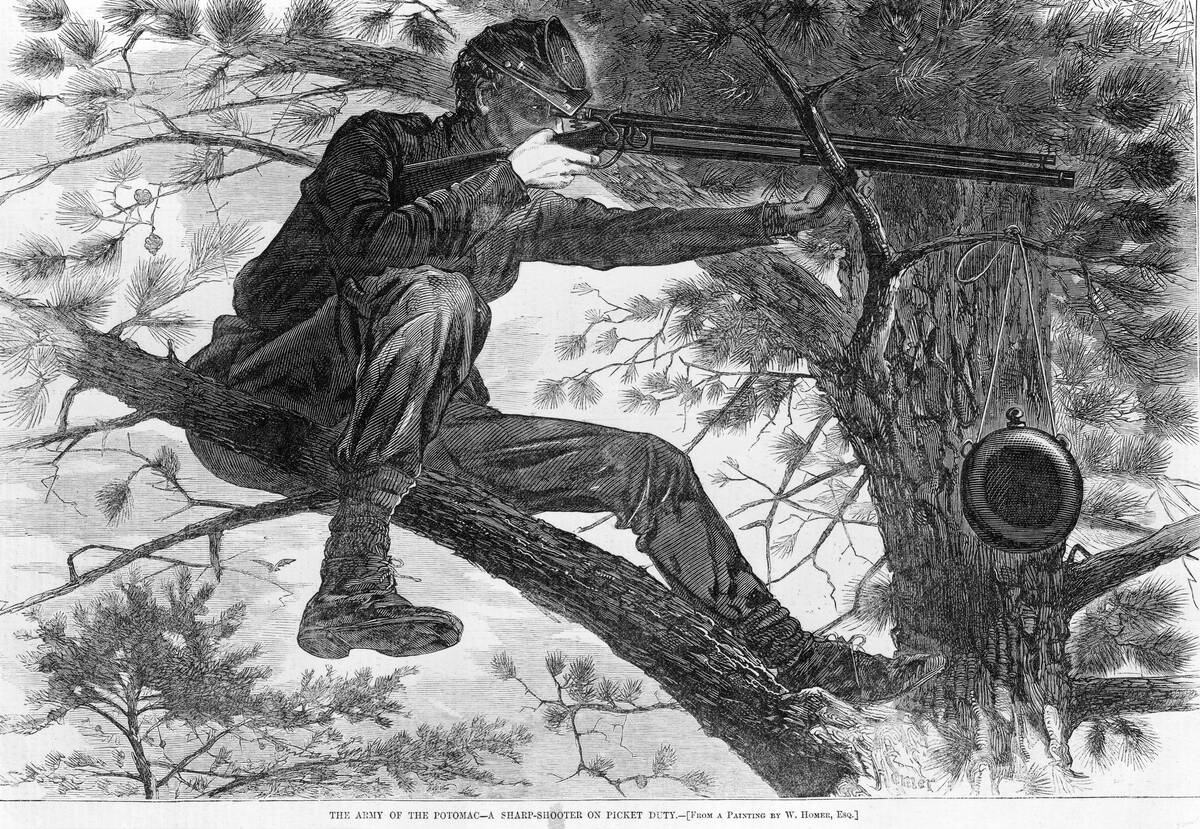
Thanks to rapid technological developments that allowed guns to fire at longer distances than ever before, snipers — or sharpshooters — were utilized during the Civil War.
Rather than charging into conflicts, sharpshooters were able to keep their distance, disrupting enemy formations and changing the tide of battle from afar.
Repeating technology was brought to pistols, too.
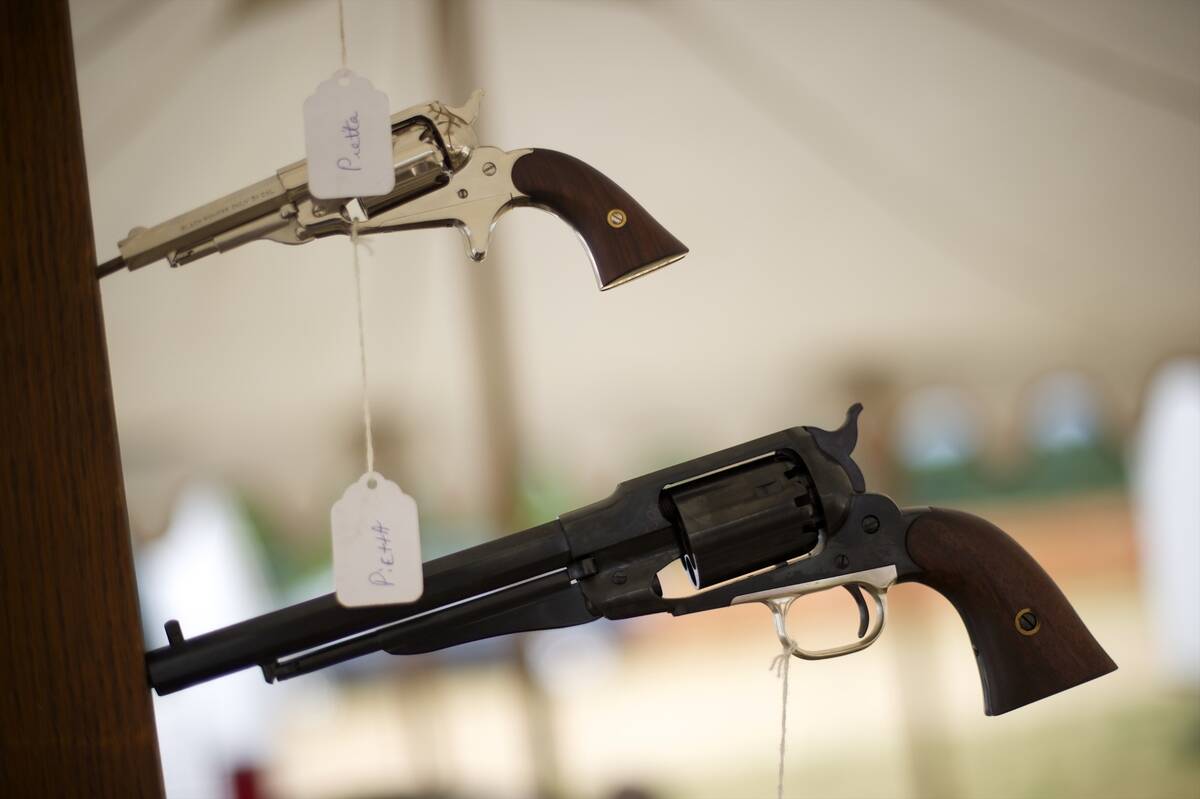
With repeating rifles that were able to fire multiple rounds without reloading, the development of repeating pistols quickly followed.
Colt made several noteworthy repeating pistols, including the 1851 Navy revolver and the 1860 Army revolver. These weapons gave soldiers a rapid-fire weapon to use in close combat.
The Monitor‘s turret changed the game.
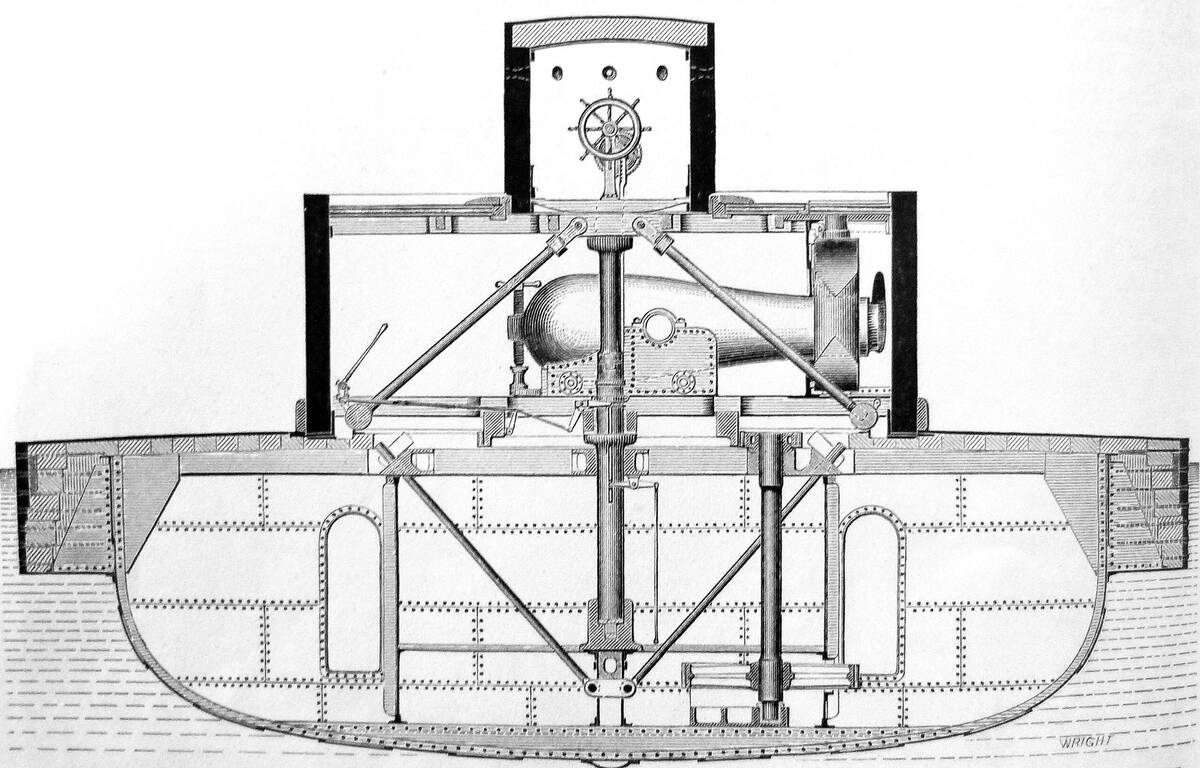
The USS Monitor was an example of an ironclad warship, but its most noteworthy innovation was its rotating turret — a circular structure that contained two cannons and could revolve to shoot at different targets.
Traditional warships had fixed turrets, which meant that the ship itself had to be moved to aim the turrets. With the turret on the Monitor, this issue was a thing of the past.
Congreve rockets could travel vast distances.
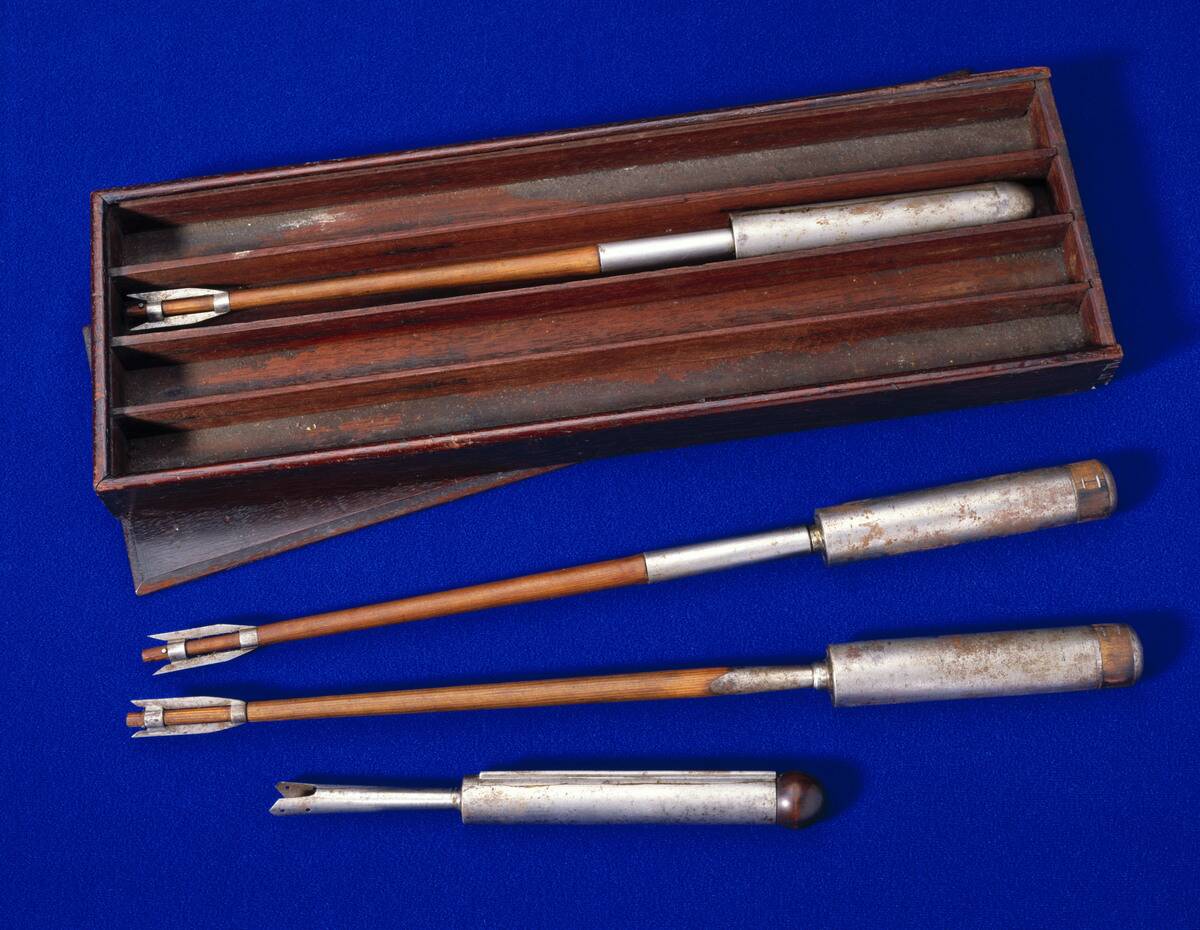
Civil War technology didn’t quite incorporate rocket launchers, but Congreve rockets were pretty close. Named for their British inventor, William Congreve, these rockets were mainly used by the Confederacy.
These rockets were tough to aim and had an unpredictable trajectory, but their long range, distinctive whistling sound, and explosive power made them a terrifying presence on the battlefield.
The Parrott Rifle was a different kind of cannon.

The Parrott rifle looks like pretty much any cannon, but this unassuming weapon housed some impressive technology and versatility.
Its rifled barrel was able to fire accurately at long distances, and its ability to fire both spherical case shot and canister rounds made it a useful weapon for both sides in the conflict.
The field telegraph made things mobile.
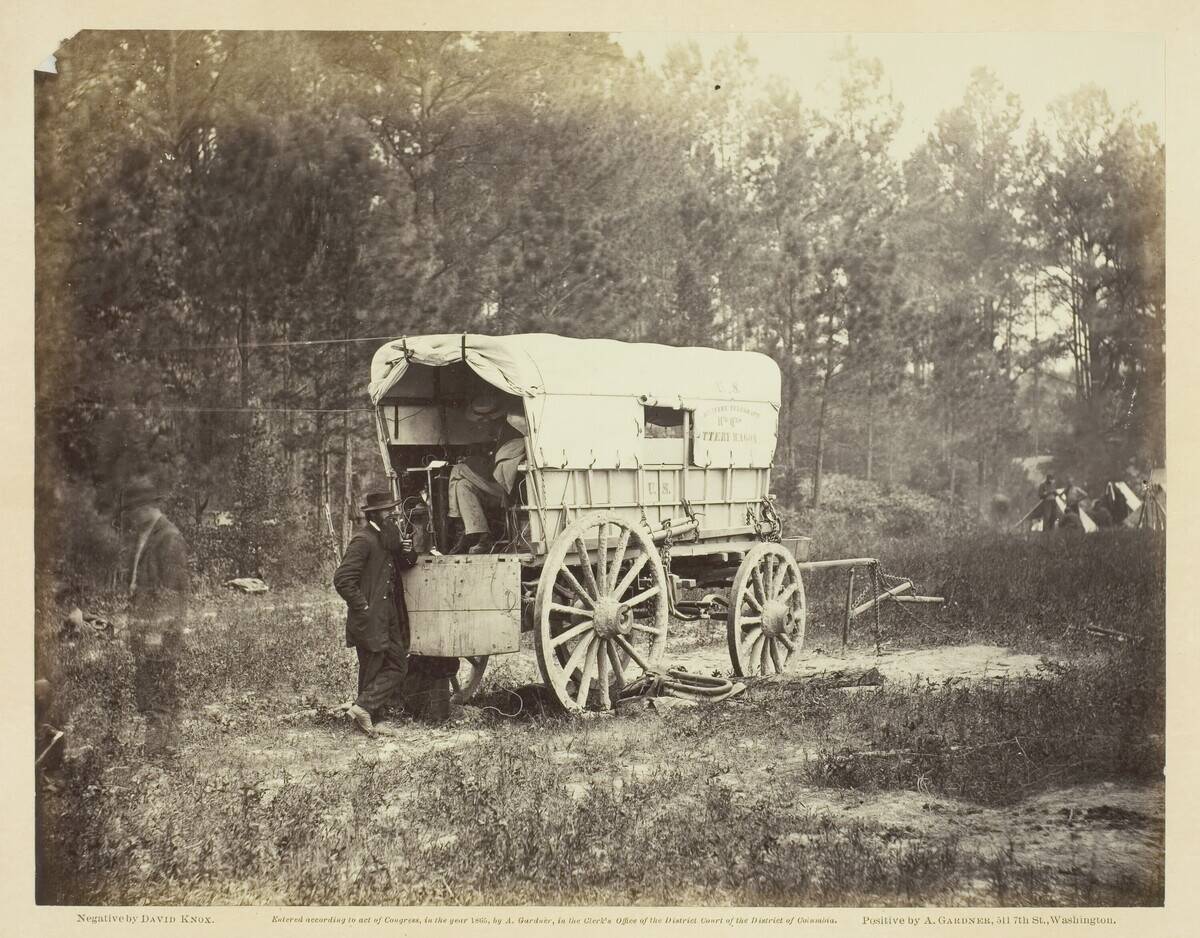
Telegraph lines were game-changers during the Civil War, and the field telegraph helped make the technology even more convenient.
Field telegraphs typically consisted of a pile of relatively lightweight equipment that could be lugged around on a wagon and quickly deployed when necessary to communicate over long distances.
Breech-loading rifles were easier to reload.

Before the Civil War, most rifles and cannons had to be loaded from the front of the barrel, an inconvenient and often laborious process.
Thanks to innovations like the breech-loading rifle, soldiers could now load cartridges from the rear of the gun, making the process faster and more efficient.
Anesthesia was used, but not always.
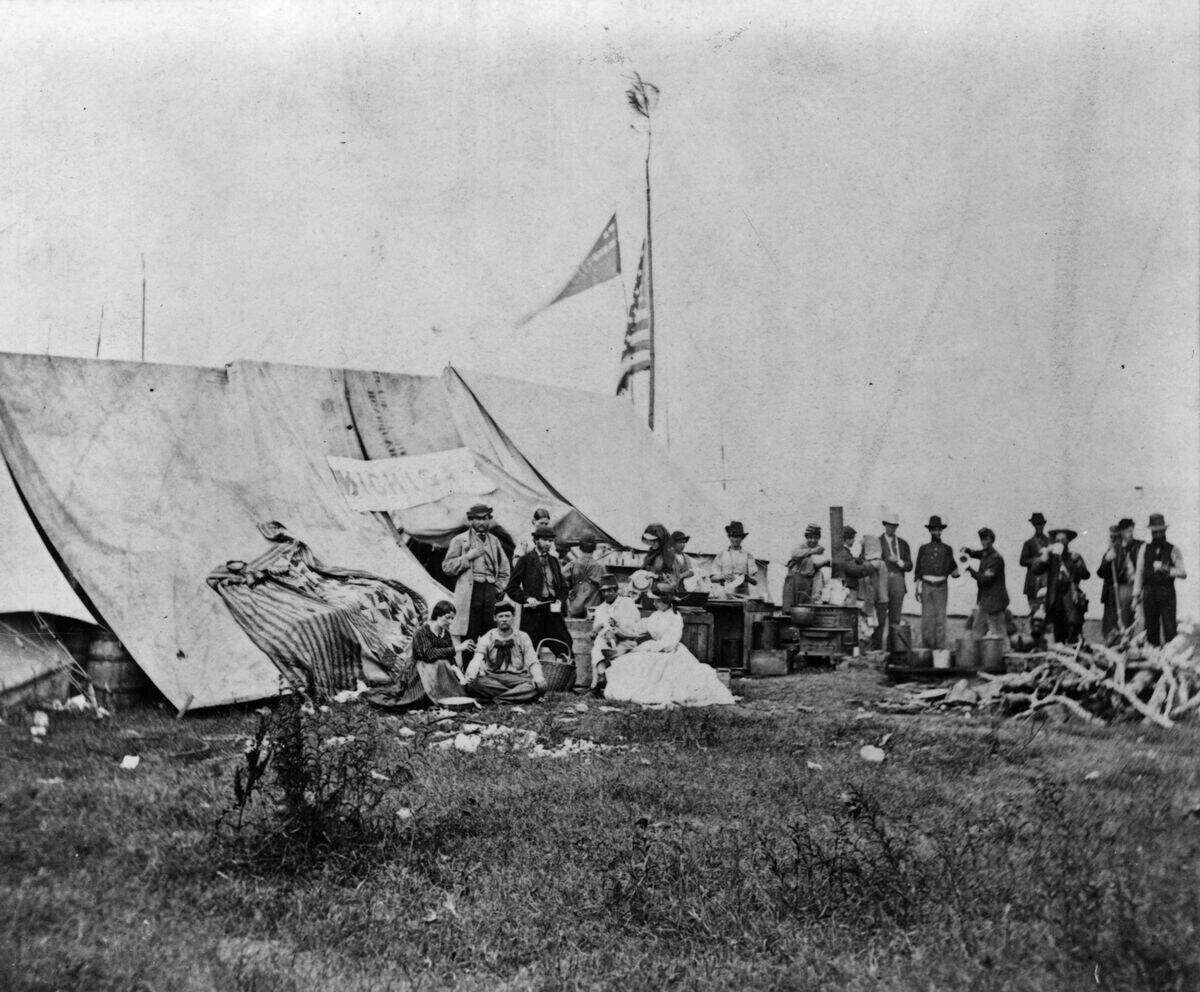
It’s safe to say that battlefield injuries during the Civil War were often horrific, and soldiers suffered greatly, but without new medical technology, things would have been much worse.
Ether and chloroform were both used during the Civil War as anesthetics to give soldiers some level of pain relief as they endured battlefield surgeries.




